“Ruined Our Trip”: California Mother Fined $89K After Kids Collected 72 Clams
A day on the beach is usually an extremely affordable family outing. While you might spend a few dollars on parking, picnic supplies, and ice cream, the total is usually less than one would spend going out to lunch.
But a fun family day at the beach almost cost one woman $89,000 after her children were ticketed for collecting clams they thought were seashells in Southern California.
A Beautiful Day at Pismo Beach, California
At the end of 2023, Fresno resident Charlotte Russ took her five children on a much-needed family vacation just a few hours away to Pismo Beach.
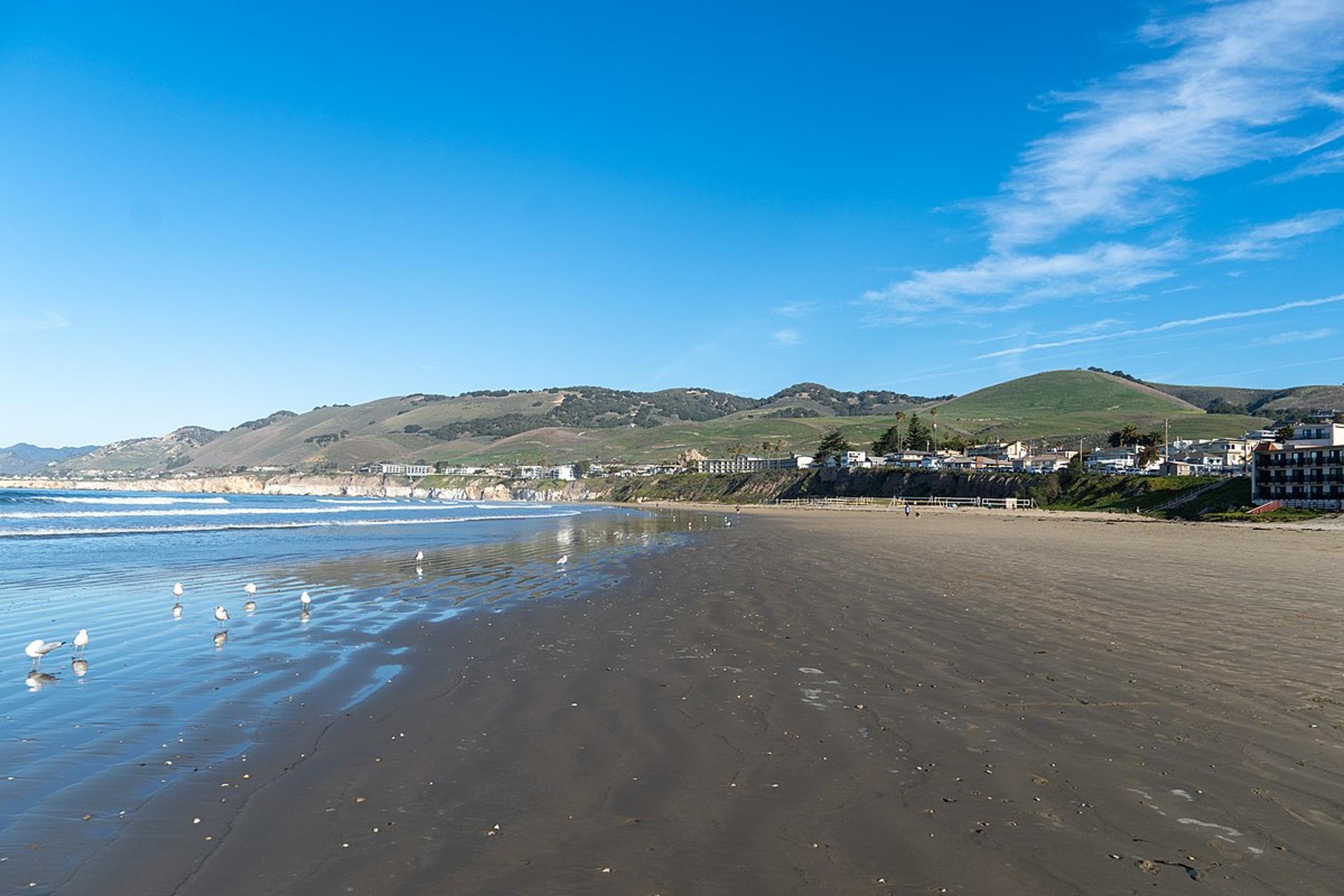
Source: Wikipedia
Her kids were thrilled to spend the day playing in the surf, building sandcastles, and, of course, hunting for the best-looking seashells.
Pismo Clams Almost Disappeared
In the 1990s, Pismo clams almost disappeared due to over-harvesting by fishermen, clammers, and sea otters. The clams didn’t resurface on local beaches until 2016.

Source: Wikipedia
“We’re not quite sure why they disappeared in the first place and why they’re back now,” Gil said.
The Big Explosion of Pismo Clams
Around 2020, biologists saw the “big pop explosion happen,” when the clams started resurfacing on the shores in large quantities.
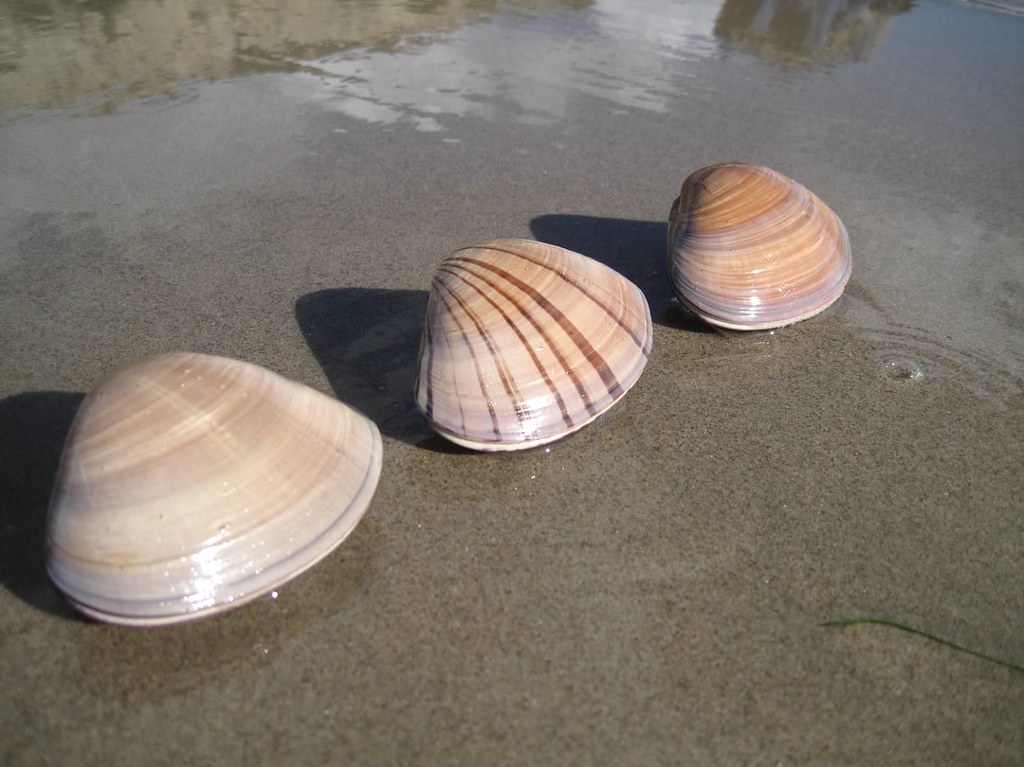
Source: California Department of Fish and Wildlife/Flickr
By 2023, someone found the first 4-and-a-half-inch-long Pismo clam since the 1990s. This year, people are finding enough full-sized clams to harvest 10 at a time.
Russ’ Kids Didn’t Realize They Were Collecting Clams
While Russ’ children were having fun looking for interesting shells, they found one in particular that caught their eye. Then, they found dozens more and started collecting them in a bucket for safekeeping.

Source: Shutterstock
What the kids didn’t know is that they were actually collecting live clams hiding inside their shells, which is illegal in Pismo Beach.
The Special Clams on the Beach
Pismo Beach is known as the “Clam Capital of the World ” and has a special clam that can only be found on the sands of this California beach: the Pismo clam.
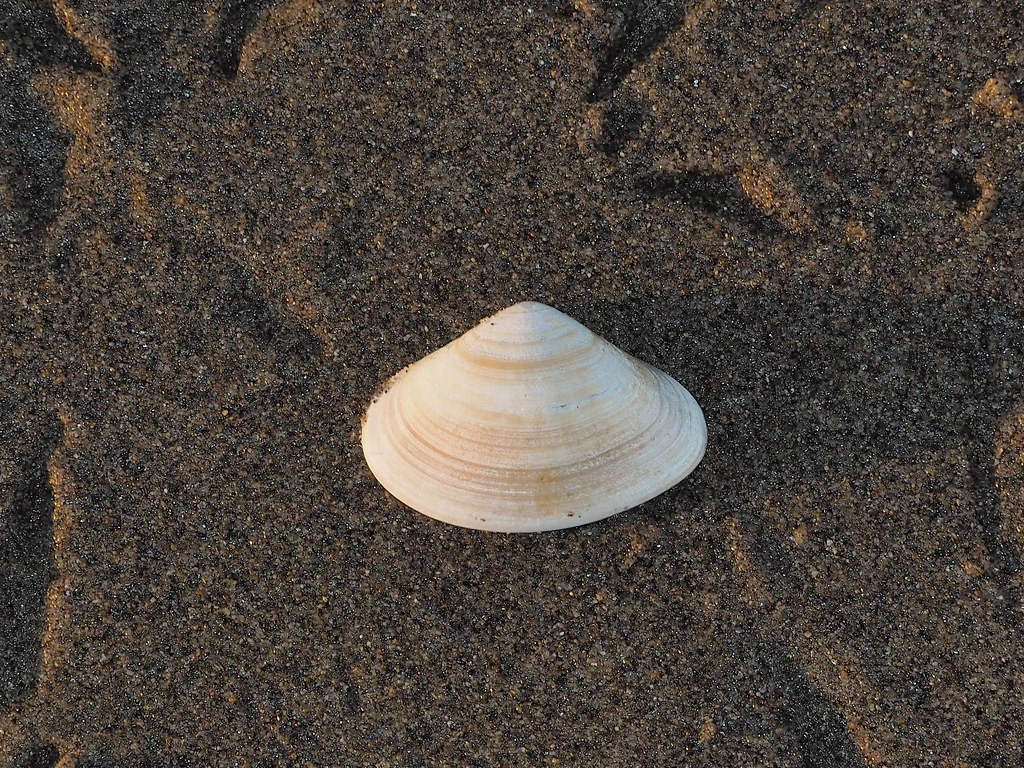
Source: J. Maughn/Flickr
This type of clam is exclusively found in the eastern Pacific Ocean and can be identified by its thick, large, triangular shells, which can be pale or brown.
Clamming Regulations in California
Shellfish aquaculture is a major industry in California with an annual revenue of more than $15 million. Of course, that includes mussels and oysters, but California clams are a huge part of the state’s fishing business.
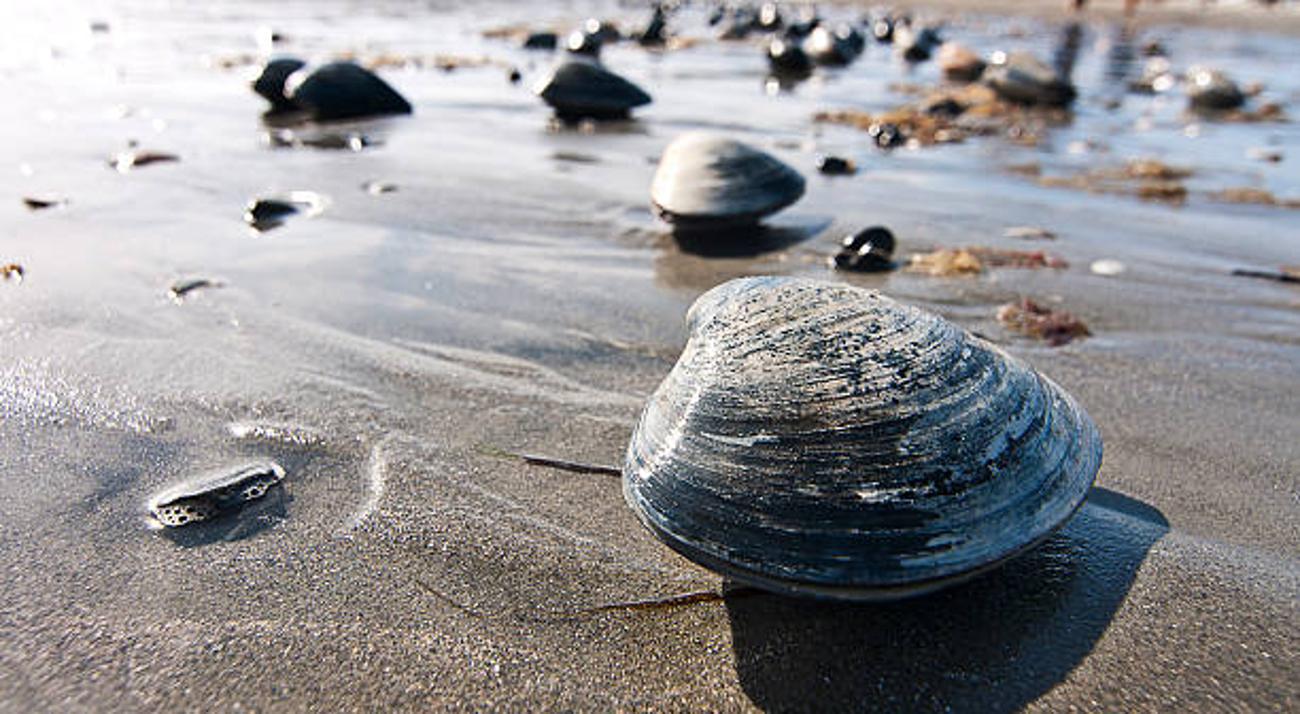
Source: iStock
Therefore, in order to ensure they don’t overfish the clam population, the state of California implements extremely strict clamming regulations.
You Need a License to Collect Clams
The Department of Fish and Wildlife allows people to collect clams, but they must have a special license.
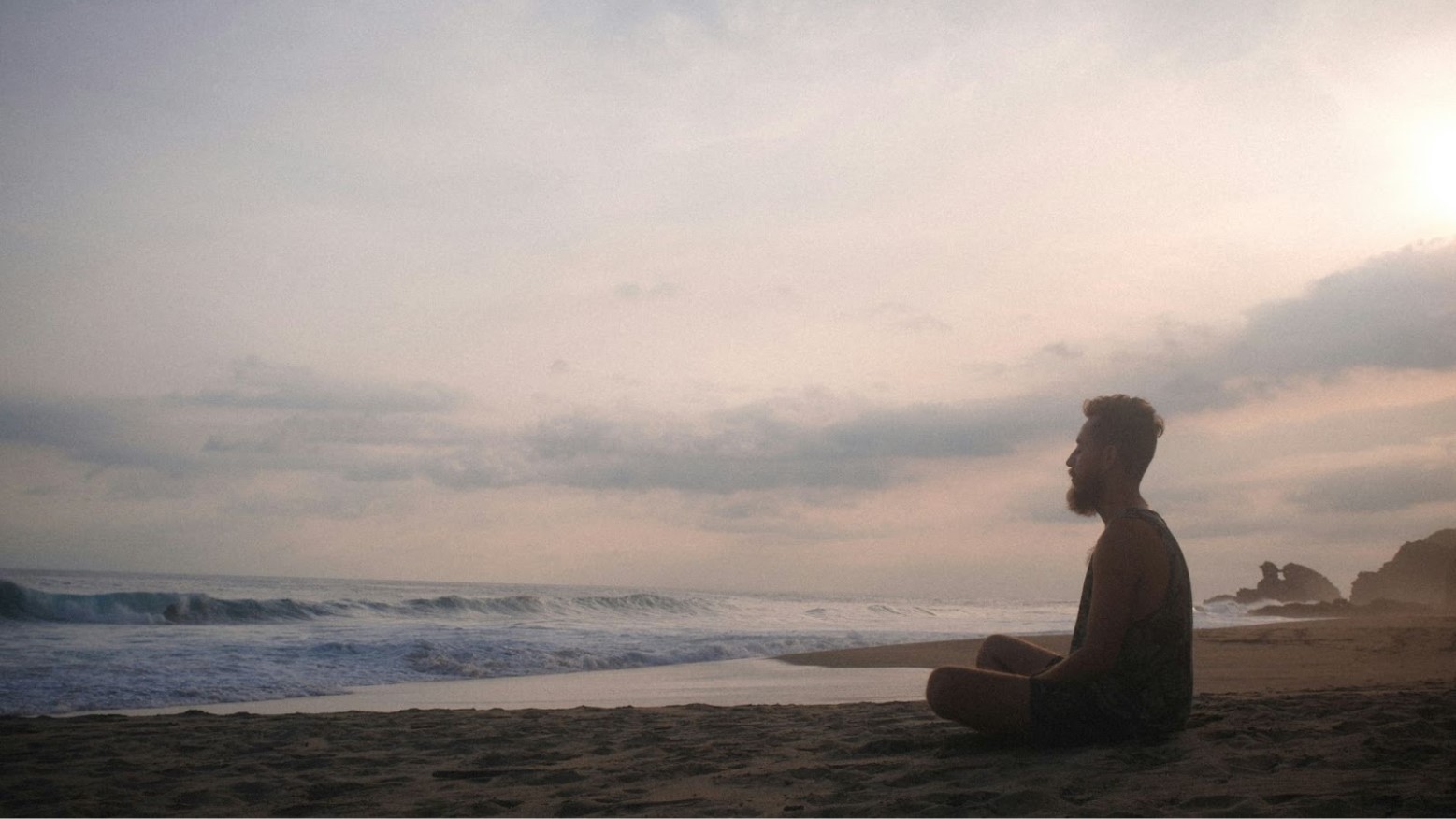
Source: Benjamin Wedemeyer/Unsplash
If people don’t have a license, they will likely receive a harsh penalty for collecting clams without one. This regulation is in place to protect shellfish species like California clams.
The Clam Limit
Even with a license, Russ’s children collect far too many clams. The legal limit for clammers is 10 Pismo clams per day. This regulation helps ensure that enough clams are available to reproduce.
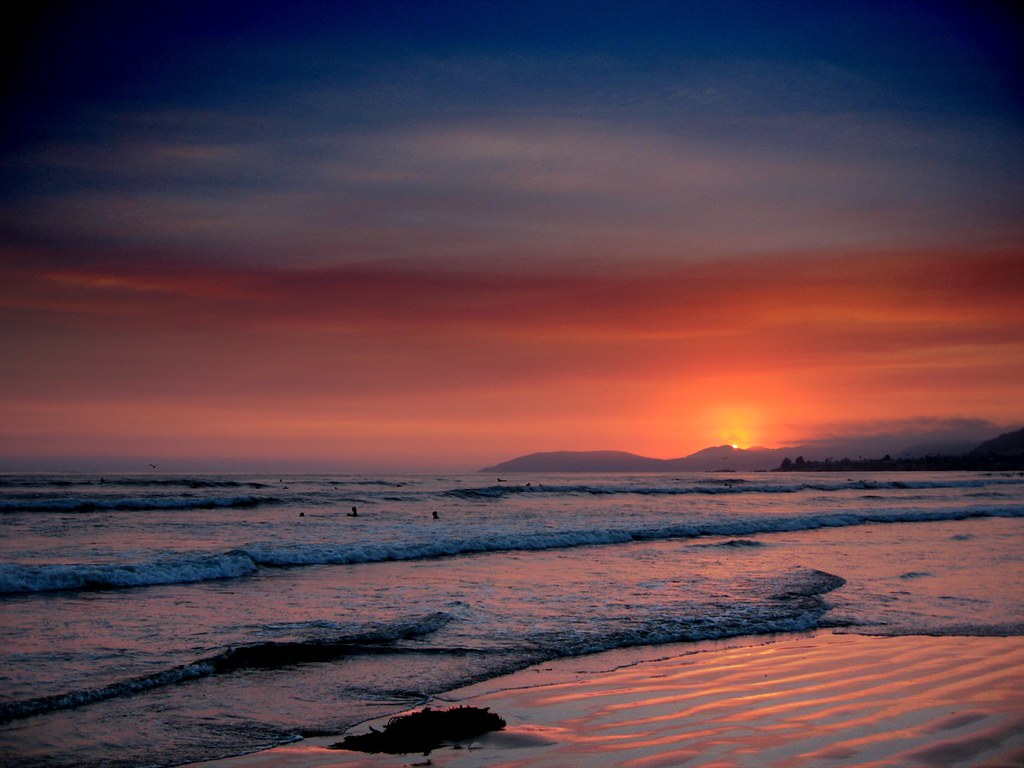
Source: Steve Hardy/Flickr
The shellfish population has increased over the last several years thanks to regulation efforts. Currently, clammers and sea otters are often the biggest threats to the clam population.
California’s Department of Fish and Wildlife Say These Regulations Are Crucial
The state Department of Fish and Wildlife creates and enforces the clamming regulations, which they say are crucial to the species’ survival.
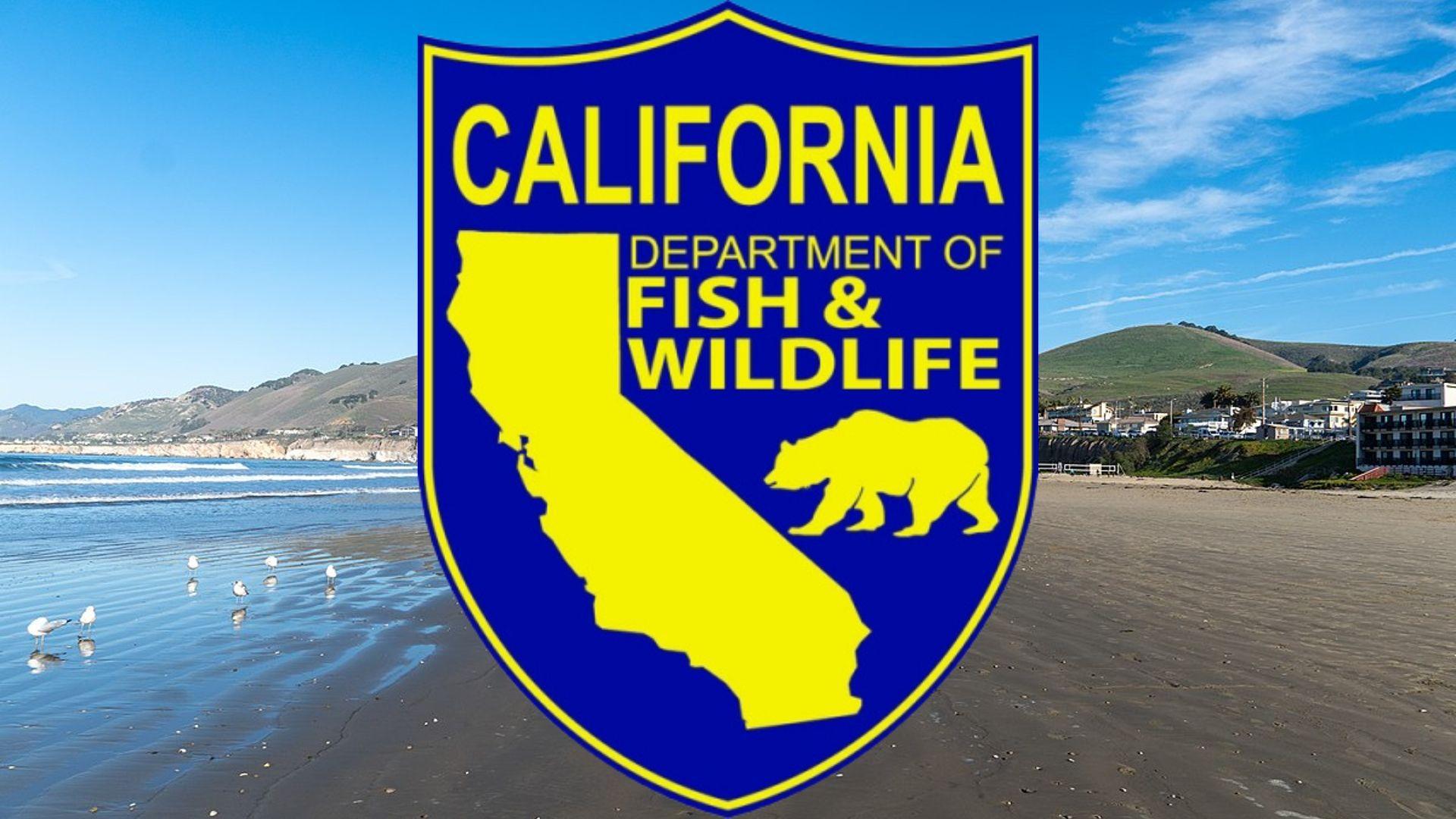
Source: Wikipedia/Wikipedia
Lieutenant Matthew Gil from the department explained, “The reason we got it we have these regulations is because we have to let them get to four and a half inches so they can spawn so they can have they can have offspring every year, and they have juvenile clams.”
Rebury Undersized Clams
If clammers dig up undersized clams–any clam under 4 and a half inches–they must rebury them 2 inches deep in the sand.
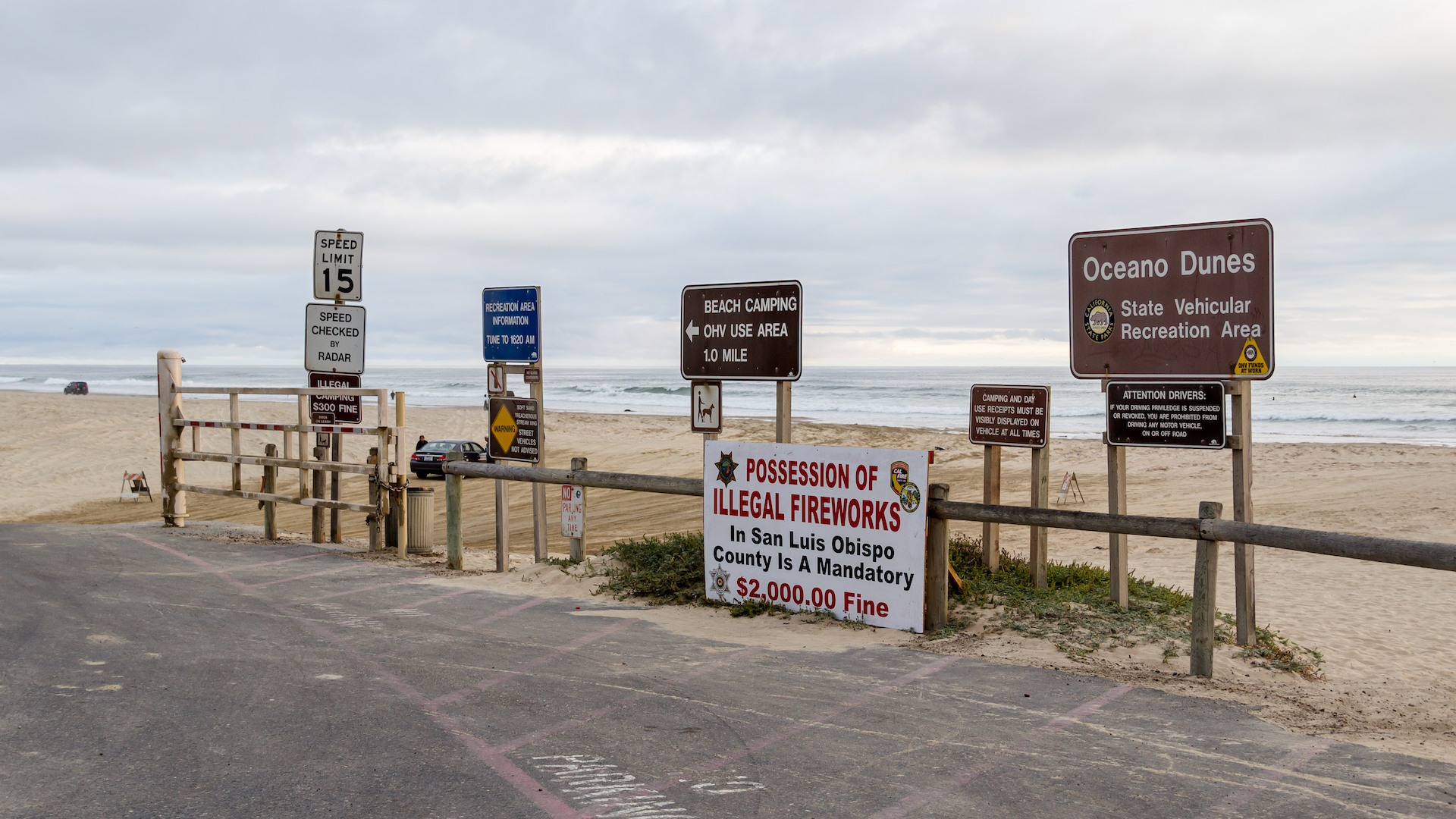
Source: Dietmar Rabich/Flickr
“Clams can’t bury themselves,” Gil said. “If they don’t get reburied, they’ll just tumble on top of the surf, and a seagull will pick them up and they’ll die.”
The Department of Fish and Wildlife Has Signs on Almost Every California Beach
Gil also explained that it is the responsibility of California residents and visitors to familiarize themselves with the state’s fishing regulations before visiting its beautiful beaches.
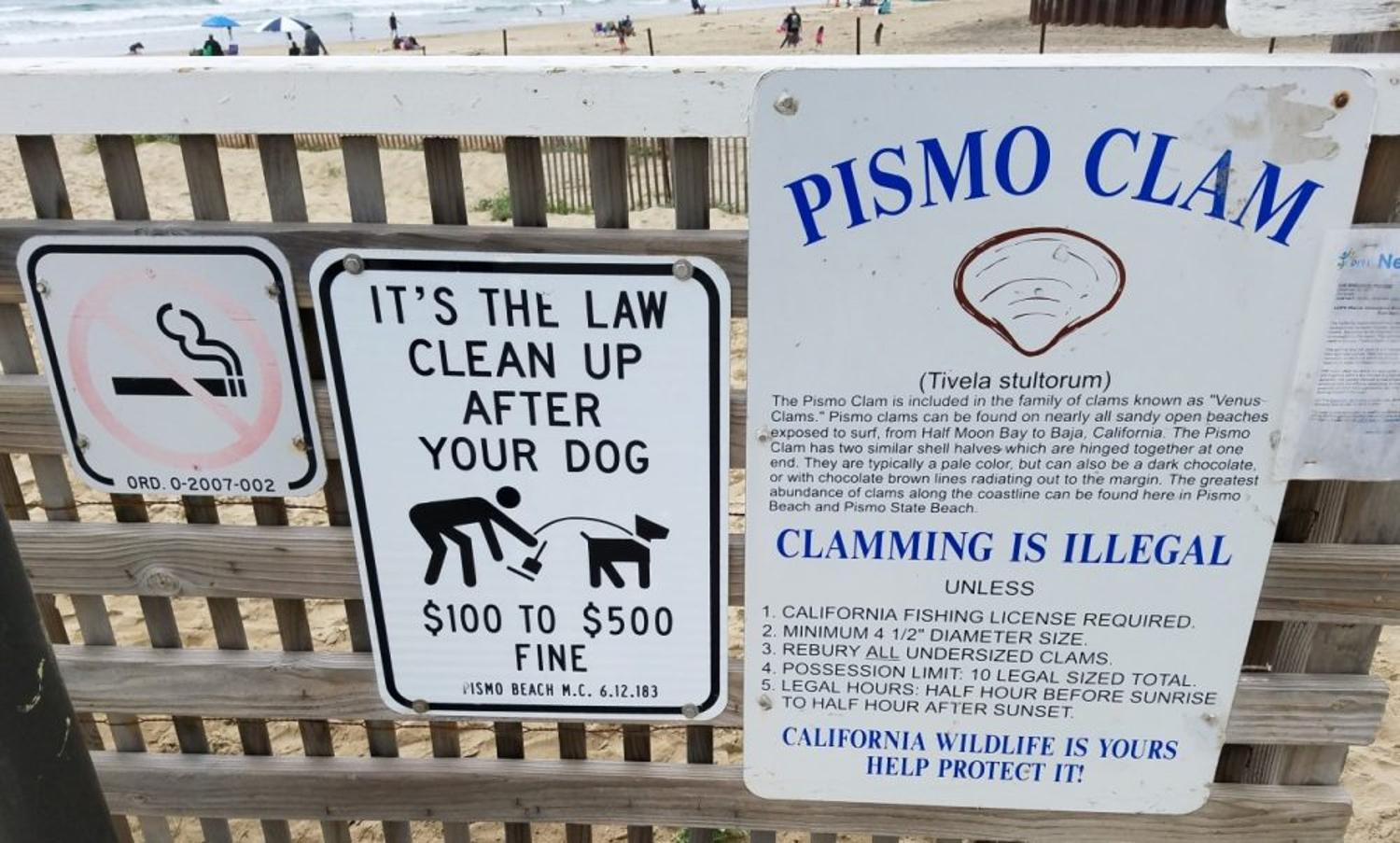
Source: CA.gov
While ample information is available online, most California beaches have signs explaining the local regulations. In Pismo Beach, for example, several signs say, “Clamming Is Illegal.”
Locals on the Lookout
Don’t think you can get away with taking Pismo clams off the beaches. Gil said that locals who know the rules and regulations are reporting clam poaching to the Department of Fish and Wildlife.
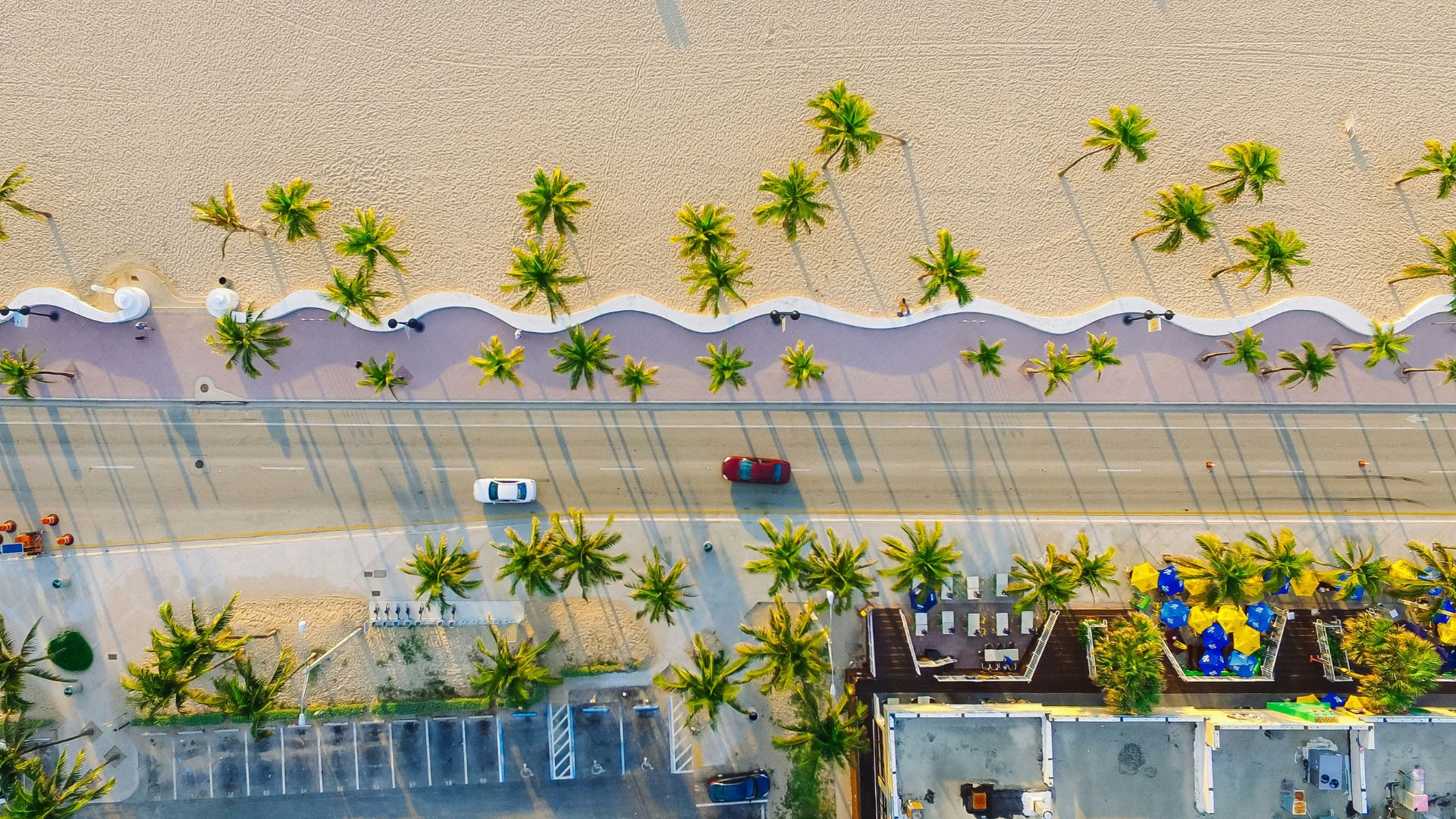
Source: Lance Asper/Unsplash
“Locals in SLO County have been doing a great job taking ownership of the clams,” he said. “It’s been neat to see.”
Officers Patrol California’s Beaches to Ensure Visitors Are Following Fishing Regulations
To ensure that the millions of people who visit California’s beaches every year are following the strict regulations, officers from the Department of Fish and Wildlife often patrol the shores.

Source: iStock
One such officer was on duty when the Russ family was enjoying their day on Pismo Beach last year. When they saw the children’s bucket full of clams, they immediately wrote Ms. Russ a citation.
Returning the Clams to the Water
“My kids came back with a couple of buckets of seashells—or what they thought were seashells,” Russ said (via San Luis Obispo News). “As soon as I saw them, I was like, ‘Oh, those are not seashells, take those right back.’”
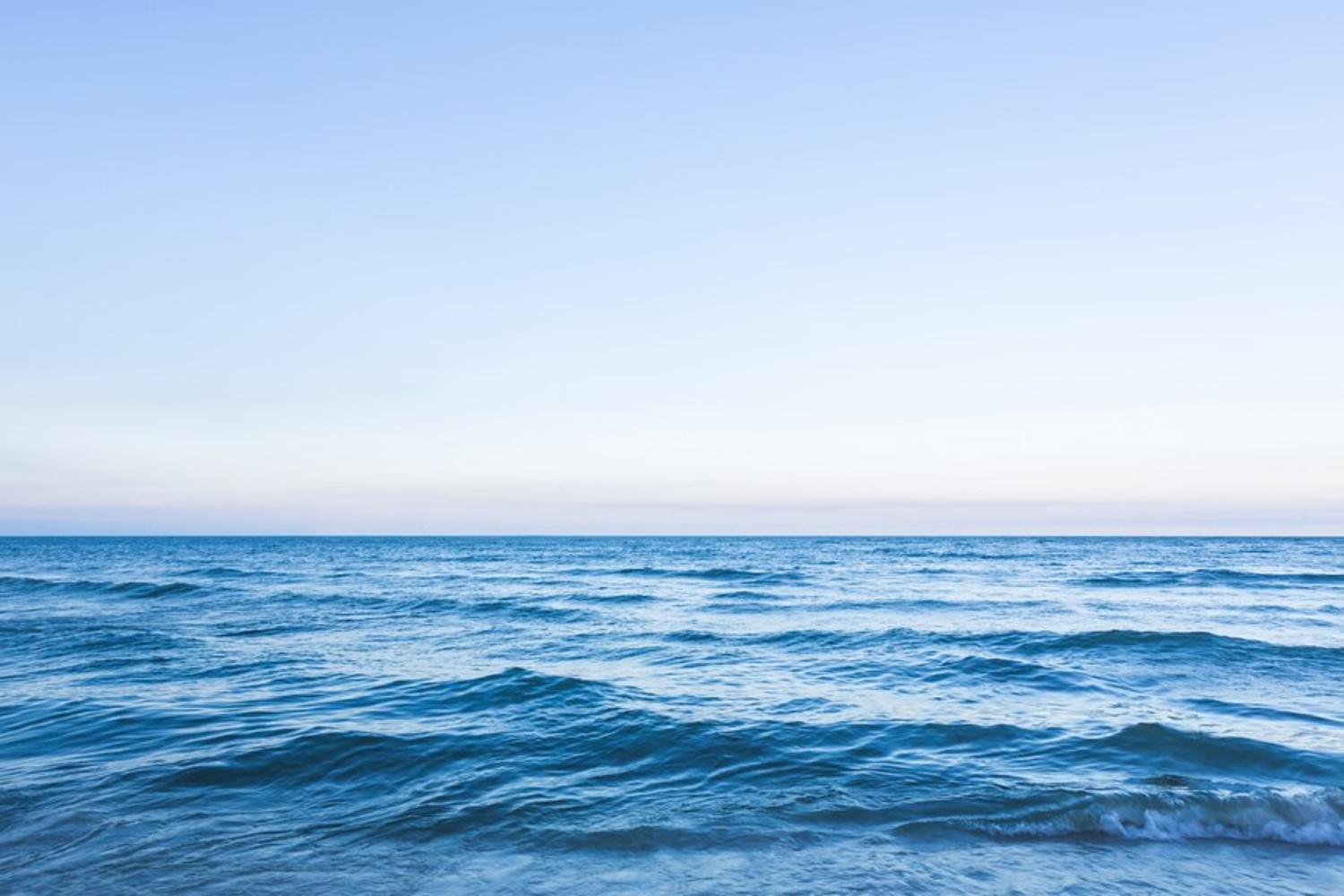
Source: Freepik
But when the children went to return the clams to the water, an officer was approaching the group.
A Clam Bust
“I had no idea what they were in trouble for,” Russ said. “I was kind of hoping he’d give an explanation, or even just explain to my kids what they did wrong because we actually had no idea—but he just refused.”

Source: Photospirit/Canva
The officer pulled the clams out of the bucket and then laid them in a line to count them. Russ said the experience was “similar to a drug bust.”
California Mother Receives an $89,000 Ticket
Right there on the beach, Ms. Russ was handed a ticket for an almost unbelievable $88,993 for the clams her children had illegally collected.
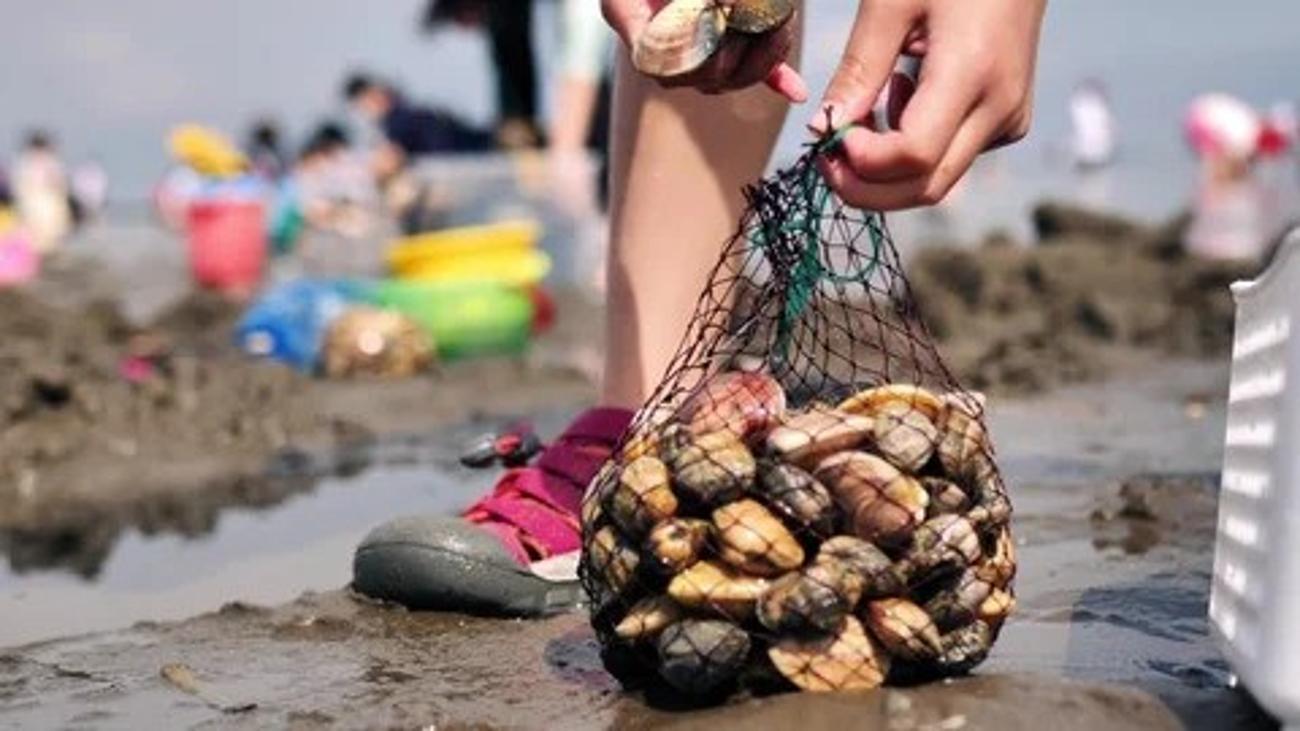
Source: Shutterstock
Russ told ABC7 after the fact, “My kids they thought they were collecting seashells, but they were actually collecting clams, 72 to be exact.” She went on to say, “It made me really sad and depressed, and it kind of ruined our trip.”
58 Tickets Were Issued in San Luis Obispo for Illegal Clamming in 2023
Of course, Russ is not the only Californian to be hit with a fine for illegal clamming. In fact, 58 citations were issued in 2023 alone in San Luis Obispo.
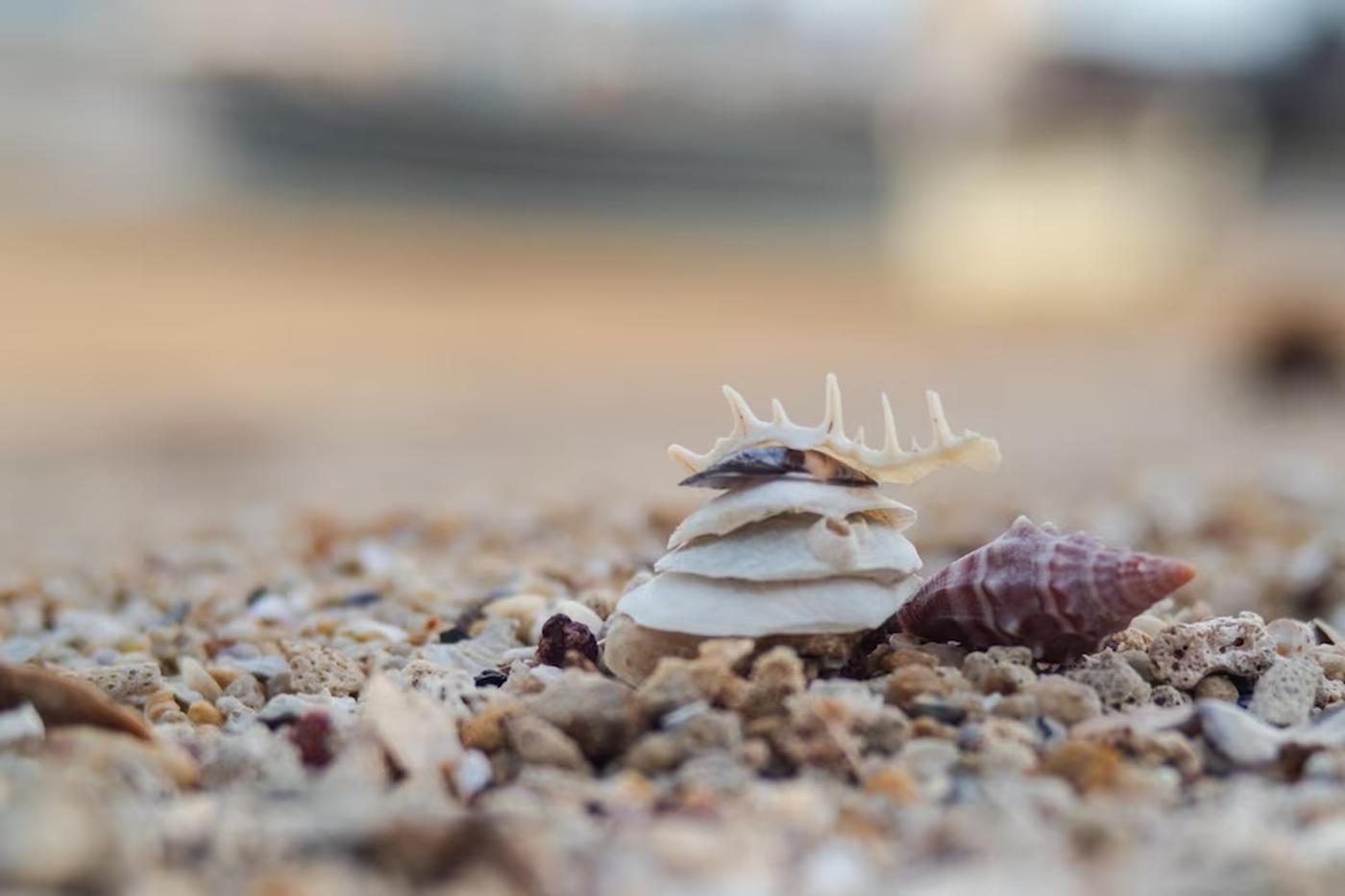
Source: Freepik
While the vast majority of these tickets were undoubtedly issued to clam poachers who know and refuse to follow the regulations, others, like Russ’ children, simply didn’t know they were collecting a protected species.
The Judge Reduced Russ’ Find to $500
Ms. Russ took her case to the San Luis Obispo local court and fought the outrageous fine. Luckily, the judge gave her quite a break.

Source: Freepik
Instead of having to pay almost $90,000, the judge ruled that a $500 fine would suffice. But even though Russ won her case, it will certainly be something she never forgets.
Charlotte Russ Got a Seashell Tattoo to Commemorate the Event
Russ told the press that she wished she had taken the time to read the signs at Pismo Beach’s entrance before letting her children collect what they thought were shells.
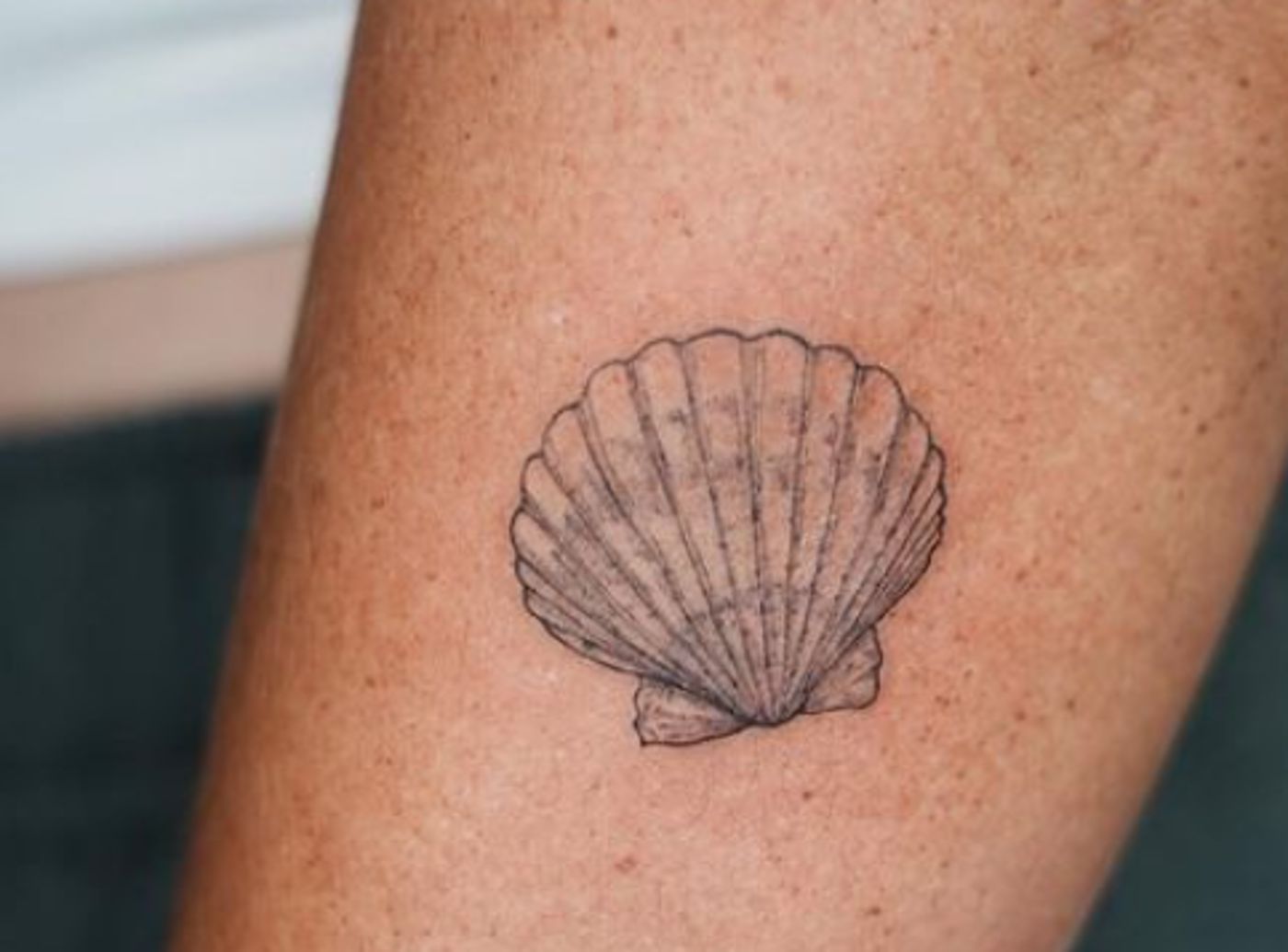
Source: @soul_imagez_tattoo/Instagram
But she told the press, “It was definitely one expensive trip to Pismo, unforgettable.” The mother of five even decided to get a small seashell tattoo to commemorate the ridiculous and memorable event.
When in Doubt, Leave Wildlife Where You Find It
Russ also said that her children “know now at the beach don’t touch anything, [they] know what a clam is compared to a seashell now.”
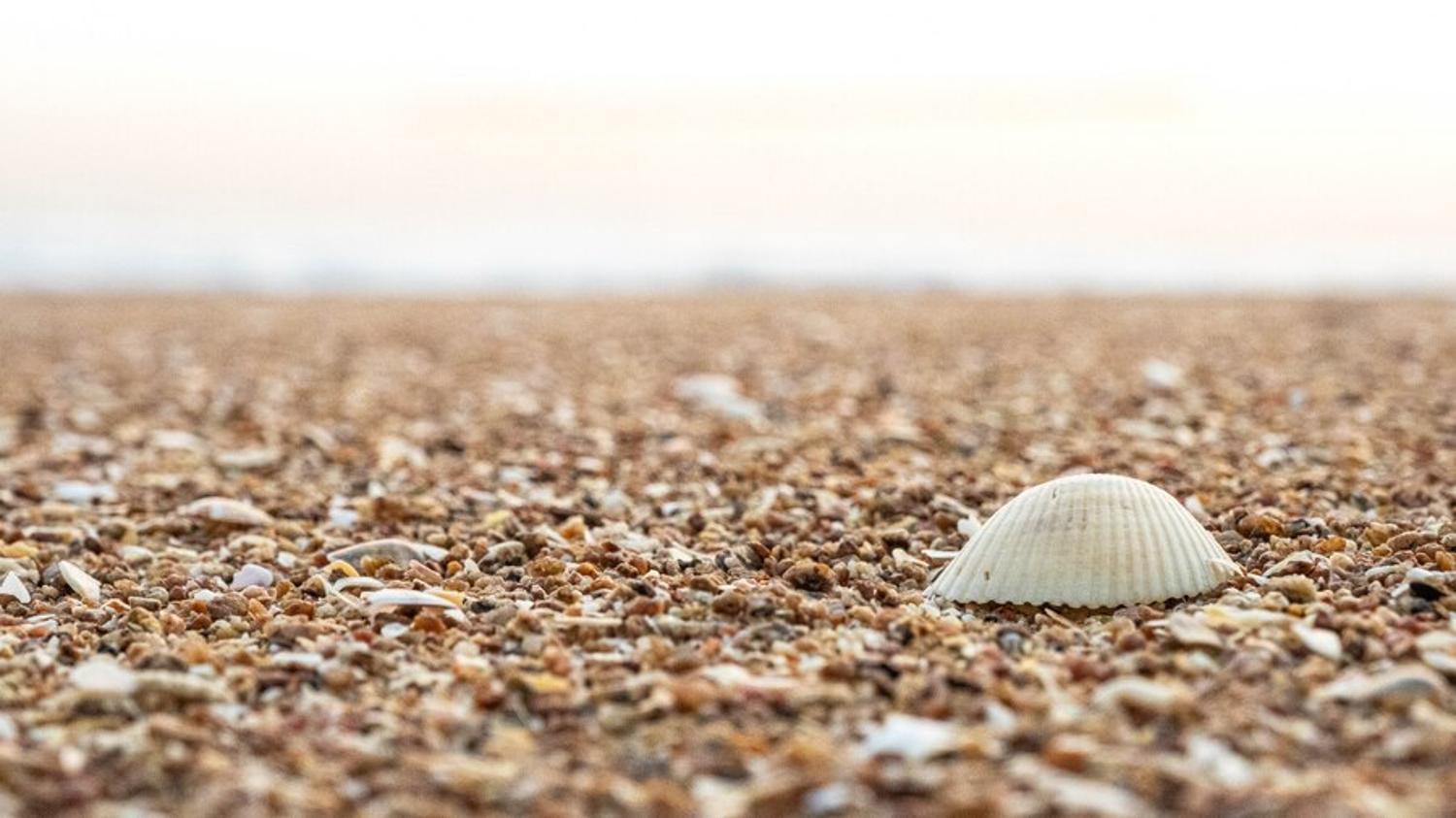
Source: Freepik
This story is certainly a cautionary tale for all beachgoers – while one should always read the entry signs and check online for local regulations before a visit, in general, the best rule of thumb is to simply leave wildlife or even plantlife where you find it.
The Boom in Clams
Benjamin Ruttenberg, a biology professor at Cal Poly and the director of the Center for Coastal Marine Sciences, and his team of students are counting the Pismo clam population monthly, trying to determine why the population has increased in the last few years.
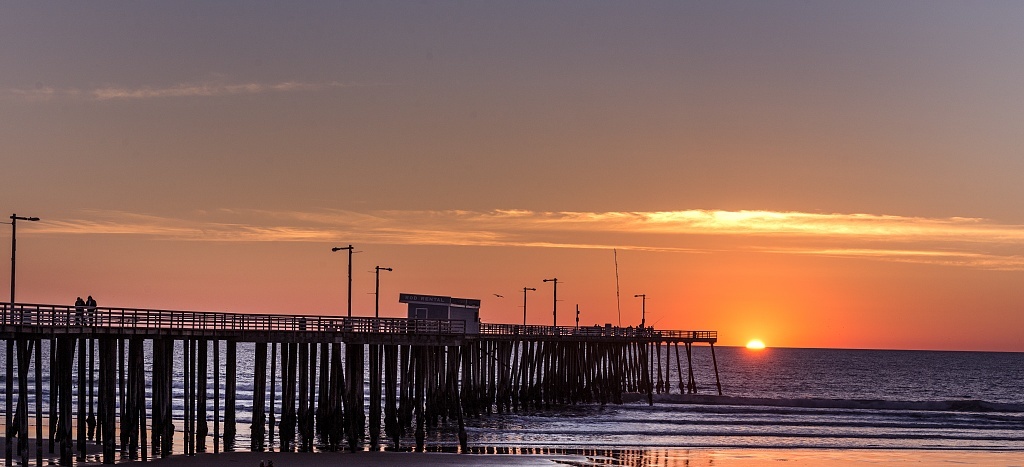
Source: Carol M. Highsmith/Picryl
“Sometimes in the summer, we see blooms of certain types of algae,” Ruttenberg said to KCBX. “Some of those algae produce chemicals and compounds that may make it harder for them to filter on over their gills or extract oxygen from the water.”
A Better Chance of Survival
With the right amount of algae, ideal water temperatures, and perfect ocean currents guiding them to shore, the Pismo clams have a better chance of survival.

Source: Freepik
“Even though the mortality rates are normally 99.999%, just a small change in that survival rate can lead to a huge increase in the number of babies showing up on the beach,” Ruttenberg said.
Know Your Clams
“You have to be cautious where you’re at. Near the Pismo Pier, you’re going to find thousands of Pismo clams, but none of them will be legal size,” Gil said. “There’s some people, especially locals, that have figured it out.”
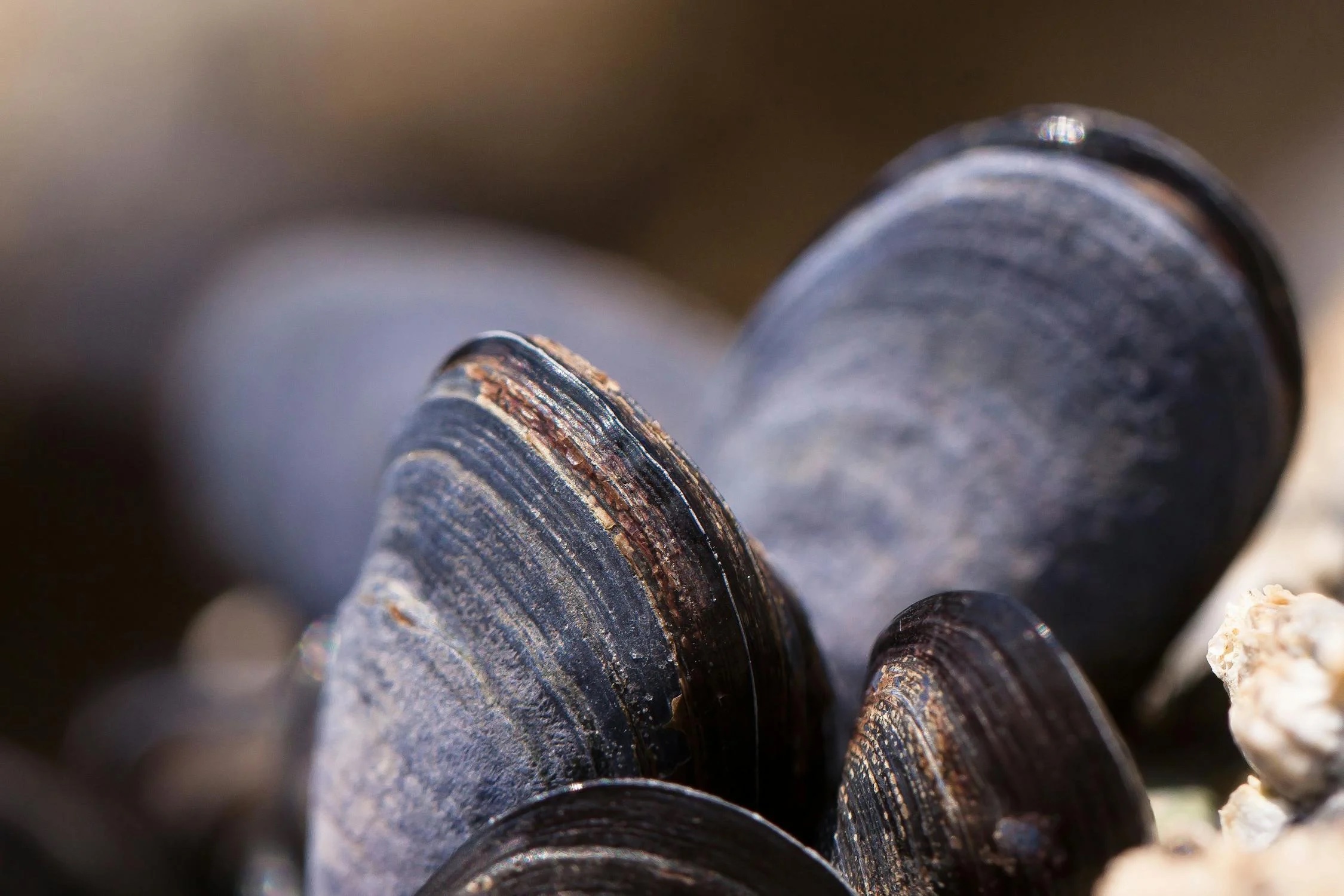
Source: Pixabay/Pexels
If you find an undersized clam, there are certain regulations that you have to follow. Of course, you should always have the correct license to harvest these clams before digging them up.
